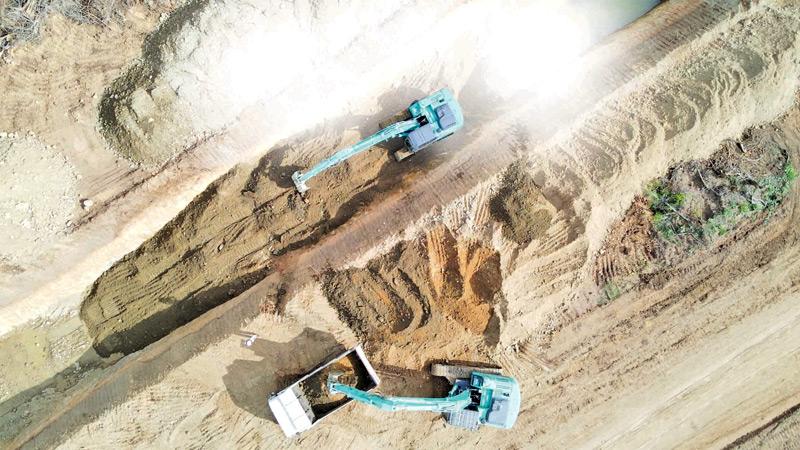Head Office in New-York
775 New York Ave, Brooklyn, NY 11203
Request a Quote
Looking for a quality and affordable builder for your next project?

Toll Free
1-800-987-6543
Working Hours
We are happy to meet you during our working hours. Please make an appointment.
Lower Malwathu Oya reservoir project
Malwathu Oya, also known as Aravi aru in its’ lower reaches spans a total length of 162km making it the second largest river basic in Sri Lanka. Stemming from the Ritigala and Imamaluwa hills, with elevations of 766m and 383m above main sea level (MSL) respectively, it flows flourishing the greenery of the north central province and meets the Sri Lankan sea at Arrippu in the Mannar district. Approximately, 70% of the upper catchment of the river is found in the Anuradhapura district, while the lower catchment extends to districts of Mannar and Vavuniya. The two ancient reservoirs; Giant’s tank and Akattimurippu tank can be found in the lower reaches of the Malwathu Oya basin. These two tanks are augmented through the ancient Tekkam anicut constructed across Malwathu Oya at a location about 36 km upstream from the sea coast. Giant’s tank and Akattimurippu tank have irrigable areas of 9,895 Ha and 2521 Ha respectively and operates with cropping intensities of 1.08 and 1.0 respectively.
However, due to the limited storage capacities of both tanks, they are unable to supply water for the lushes fields for an entirety of a season. Hence, constant diversions from Tekkam anicut
become necessary, particularly towards the latter portion of the season to provide a consistent water supply to yield a better harvest. This project aims to provide a sustainable solution for the unavailability of water during the ‘Yala season’ and making it viable to generate more crops to supply the food demand in the country.


